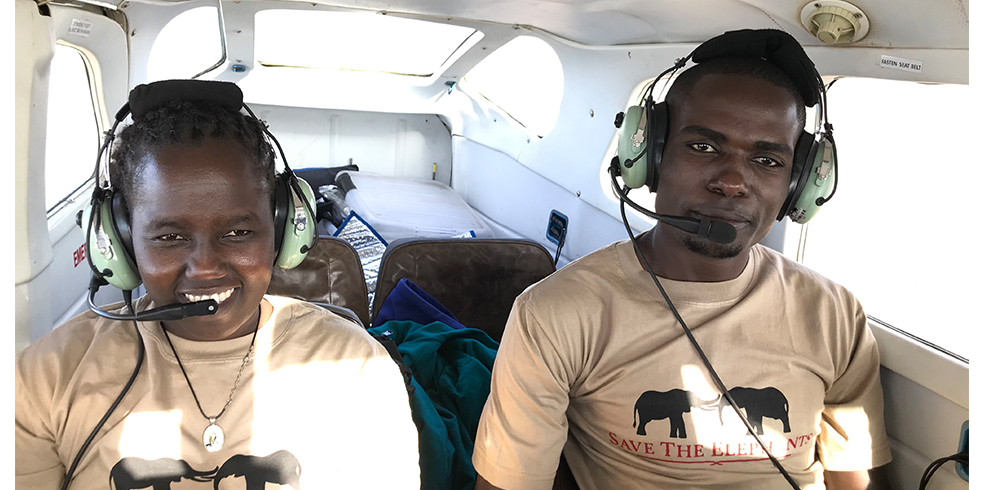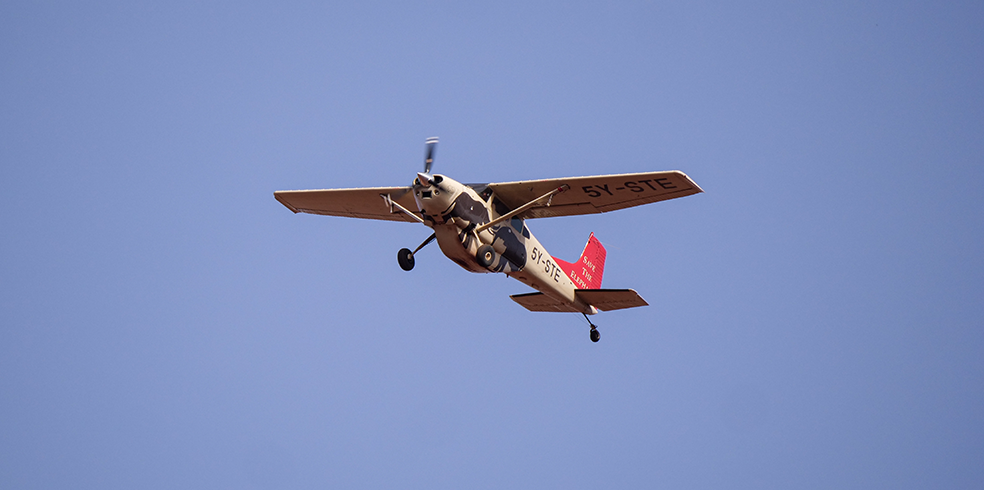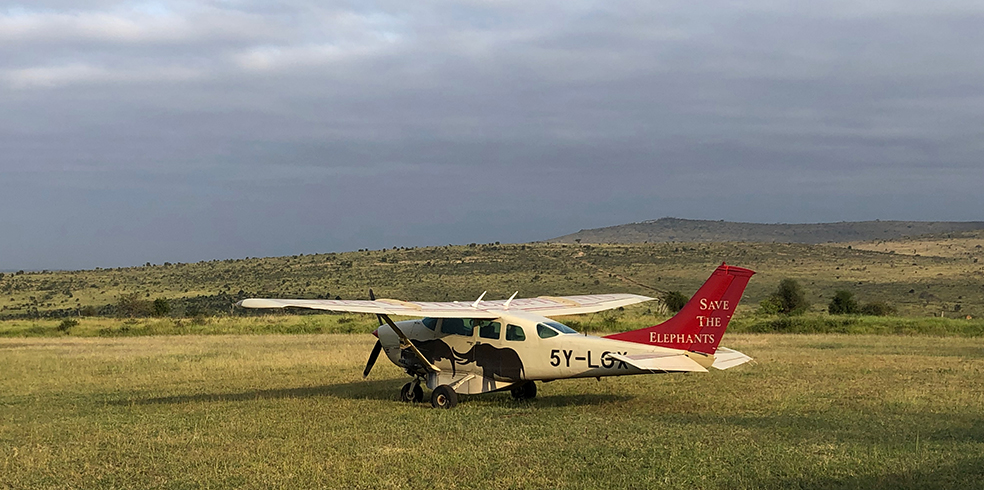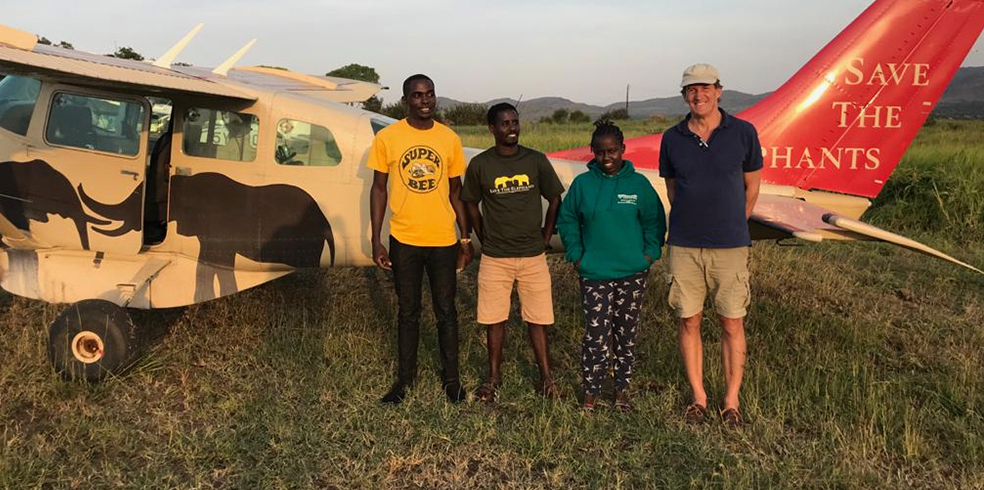How to survey wildlife from the air
In June, myself and Save the Elephants’ aviation co-ordinator, Paul Kokiro, flew the organisation’s Cessna 206 aircraft for ten days in support of the Kenyan government’s national wildlife census – “Count to Conserve”. I am a qualified pilot with 600 hours of flying experience, while Paul has more than 150 hours’ flying experience.
This national census covers Kenya’s 58 national parks and reserves, private and community conservancies and includes a count of all mammals (marine and land).
STE supported the census by providing both Cessna 206 and Cessna 185 aircrafts and a large team for aerial counting and data input in the Tsavo and Laikipia-Samburu-Meru ecosystems. This took us from quite heavily inhabited areas close to the coast to very isolated parts of northern Kenya, from forests to open savannah.
In the Cessna 206 (5Y-LOX) there was Paul, myself, and two rear seat observers doing the counting. The rear seat observers had to identify and count wildlife, human and livestock presence, bomas and infrastructure. With the help of Paul, all observations were recorded with GPS coordinates.

Rear Seat Observers, Derick Wanjala and Esther Serem, in the back of the plane during the Tsavo census © Paul Kokiro
The work was long and intense; on average we flew seven hours per day.
Flying was challenging as we had to keep to precise transects at 400 feet above ground. Winds as strong as 40 knots and high temperatures further compounded this. Since other aircraft were doing the same nearby, it was vital to coordinate with them to keep apart. Frequently, we would see each other as we turned to start a new transect.
We landed at remote airstrips, where the Kenya Wildlife Service (KWS) would refuel the aircrafts.
In total Paul, I and our team surveyed about 4200 square kilometres. It was a privilege to be able to fly over such a large part of Kenya’s magnificent wildlife areas, and help the government take stock of these wild spaces. It was also great to collaborate with the other pilots, observers and data teams, who were very dedicated and hard-working.
The positive aspects for us were that many species numbers appeared healthy and we saw a good number of elephants, including some that STE tracked. However, we were very concerned to see the amount of livestock in some wildlife areas, and a considerable amount of charcoal burning and over-grazing; highlighting for us the vital need to preserve Kenya’s ecosystems and to avoid further habitat destruction.
We eagerly await the results of the census, due in August.
Read more here: https://www.the-star.co.ke/news/big-read/2021-07-13-what-it-takes-to-survey-wildlife/




